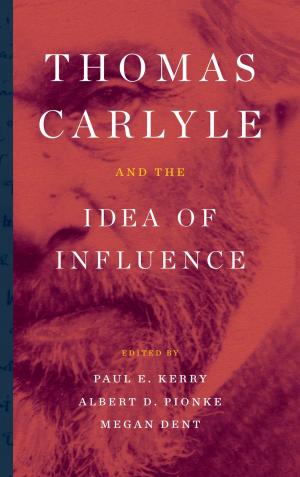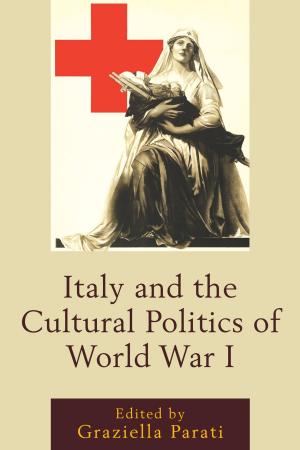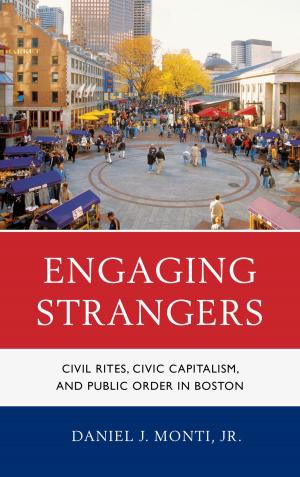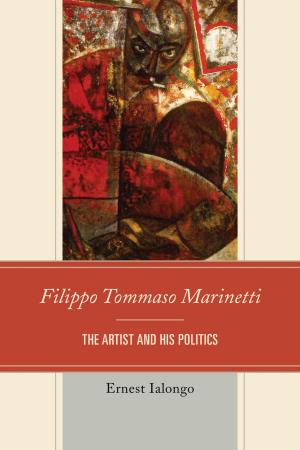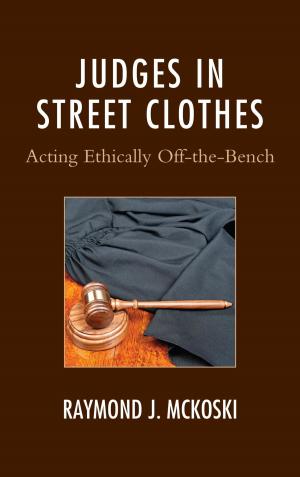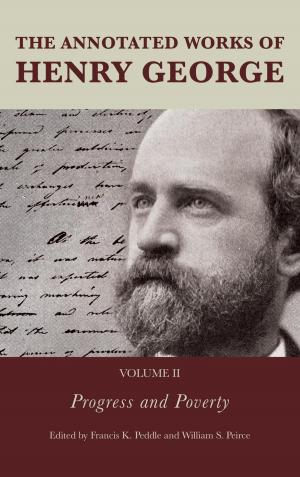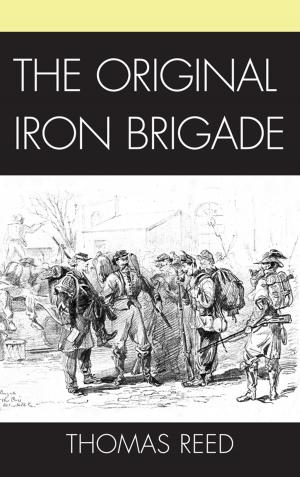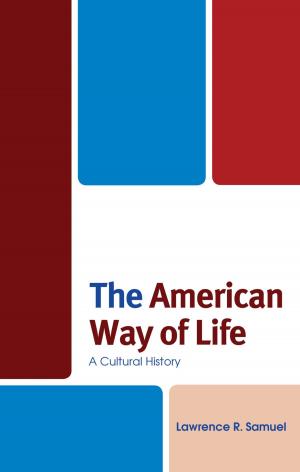'What May Words Say . . . ?'
A Reading of the The Merchant of Venice
Fiction & Literature, Literary Theory & Criticism, British| Author: | Inge Leimberg | ISBN: | 9781611470017 |
| Publisher: | Fairleigh Dickinson University Press | Publication: | February 24, 2011 |
| Imprint: | Fairleigh Dickinson University Press | Language: | English |
| Author: | Inge Leimberg |
| ISBN: | 9781611470017 |
| Publisher: | Fairleigh Dickinson University Press |
| Publication: | February 24, 2011 |
| Imprint: | Fairleigh Dickinson University Press |
| Language: | English |
'What may words say_?' A Reading of The Merchant of Venice contains, in a form resembling a running commentary, a comprehensive and in many respects unconventional interpretation of The Merchant of Venice. The play's development of ideas is unfolded in a literary analysis that focuses on the poet's words in their philological, historical, and philosophical contexts. What the words say is that the play is dominated by the three Delphic maxims, Know thyself, Nothing too much, and Give surety and harm is at hand. Within the intellectual and ethical compass of these tenets the two-stranded action of the play is developed, and the question why Shakespeare added the story of the caskets to the story of the bond is answered by the words law and choice, which are as closely connected semantically as the two stories are interrelated in the dramatic structure. The self-knowledge achieved in the musical cadence of the play is everyone's seeing God's image in the other person, and the law finally chosen is forgiveness.
'What may words say_?' A Reading of The Merchant of Venice contains, in a form resembling a running commentary, a comprehensive and in many respects unconventional interpretation of The Merchant of Venice. The play's development of ideas is unfolded in a literary analysis that focuses on the poet's words in their philological, historical, and philosophical contexts. What the words say is that the play is dominated by the three Delphic maxims, Know thyself, Nothing too much, and Give surety and harm is at hand. Within the intellectual and ethical compass of these tenets the two-stranded action of the play is developed, and the question why Shakespeare added the story of the caskets to the story of the bond is answered by the words law and choice, which are as closely connected semantically as the two stories are interrelated in the dramatic structure. The self-knowledge achieved in the musical cadence of the play is everyone's seeing God's image in the other person, and the law finally chosen is forgiveness.


